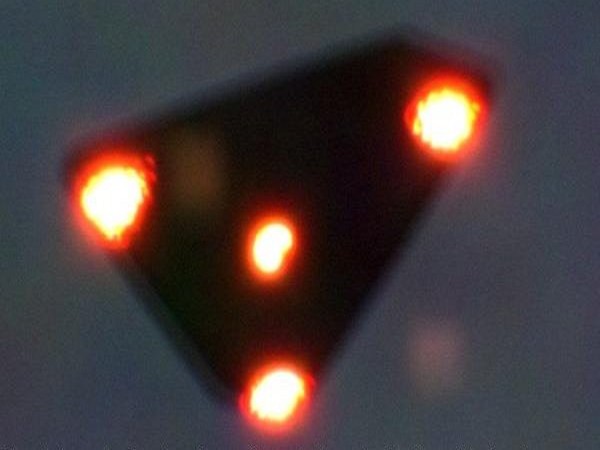Science News Roundup: U.S. officials say Pentagon committed to understanding UFO origins; Prehistoric fossil in Peru sheds light on marine origin of crocodiles and more
Following is a summary of current science news briefs. U.S. officials say Pentagon committed to understanding UFO origins Two senior U.S. defense intelligence officials said on Tuesday the Pentagon is committed to determining the origins of what it calls "unidentified aerial phenomena" - commonly termed UFOs - but acknowledged many remain beyond the government's ability to explain.

Following is a summary of current science news briefs.
U.S. officials say Pentagon committed to understanding UFO origins
Two senior U.S. defense intelligence officials said on Tuesday the Pentagon is committed to determining the origins of what it calls "unidentified aerial phenomena" - commonly termed UFOs - but acknowledged many remain beyond the government's ability to explain. The two officials, Ronald Moultrie and Scott Bray, appeared before a House of Representatives intelligence subcommittee for the first public U.S. congressional hearing on the subject in a half century. It came 11 months after a government report documented more than 140 cases of unidentified aerial phenomena, or UAPs, that U.S. military pilots had observed since 2004.
Prehistoric fossil in Peru sheds light on marine origin of crocodiles
The discovery of a prehistoric crocodile fossil in Peru from around 7 million years ago has given paleontologists more clues as to how modern crocodiles, all freshwater creatures in the Andean country, first came to land from the sea. According to a Peruvian research team that analyzed jaw and skull remains of the species, the animal likely would have probably crossed the Atlantic Ocean to the coast of South America, eventually populating what is now southern Peru.
Tooth from Laotian cave sheds light on enigmatic extinct humans
A young girl's tooth excavated from a cave wall in northeastern Laos is providing new insight into the mysterious extinct human species called Denisovans and revealing their resourcefulness in adapting to both tropical and chilly climes. The tooth is one of the few physical remains known of Denisovans, a sister lineage to Neanderthals who until now had been known only from scrappy dental and bone fossils from a single site in Siberia and one in the Himalayas.
(With inputs from agencies.)










